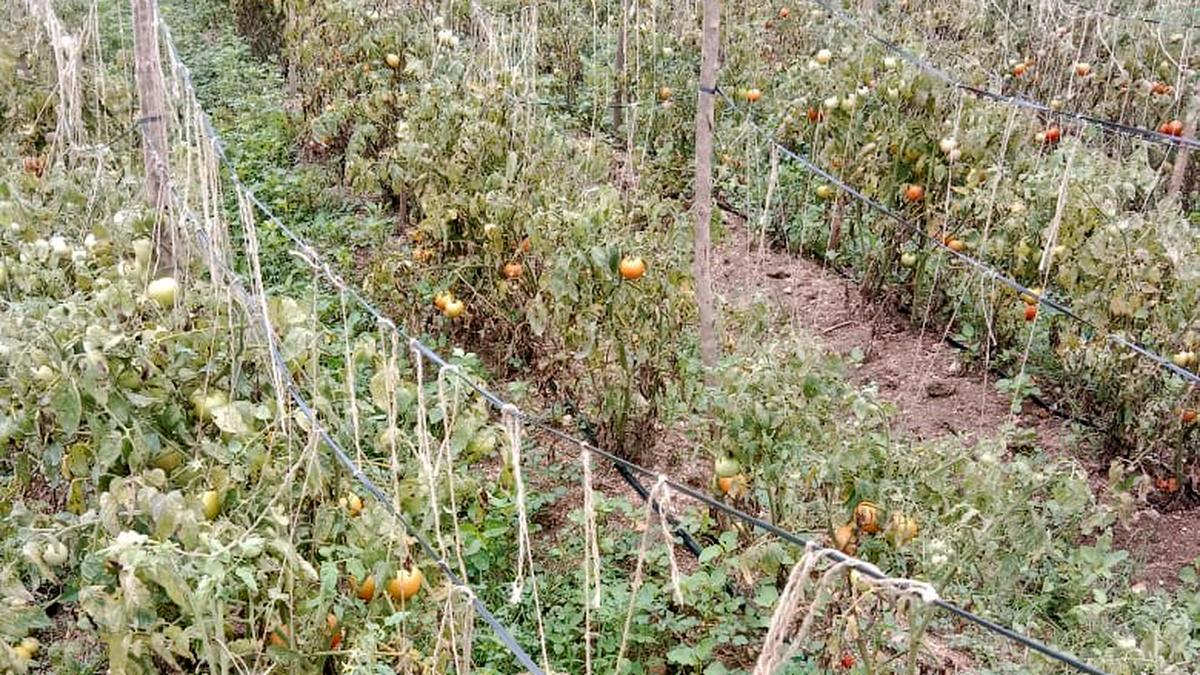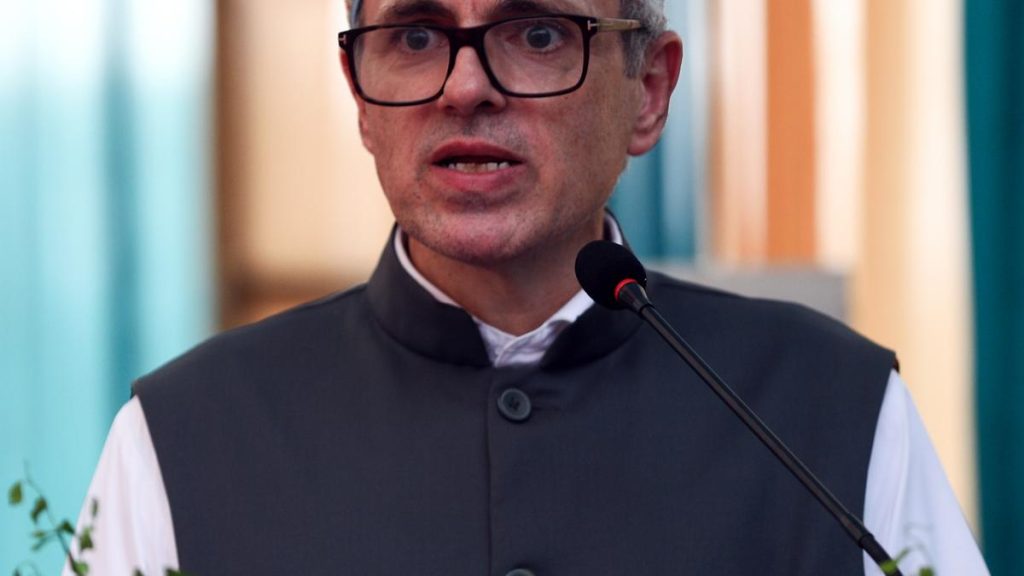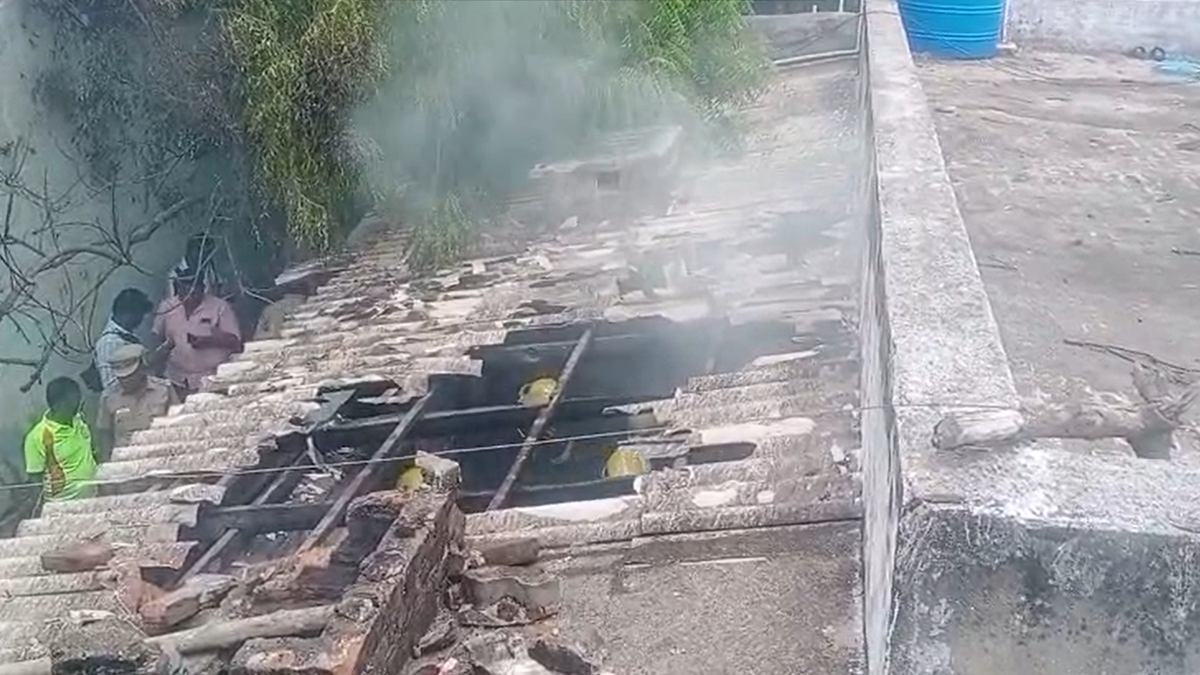Now Reading: Tomato Farmers in Madanapalle Struggle Amid Poor Rains and Low Yields
-
01
Tomato Farmers in Madanapalle Struggle Amid Poor Rains and Low Yields
Tomato Farmers in Madanapalle Struggle Amid Poor Rains and Low Yields

quick Summary
- Tomato Prices Surge: Tomato prices in Madanapalle market have hit ₹54 per kg, rising by ₹20 in a month. Second-grade tomatoes are priced at ₹42 per kg.
- Declining Yields: Supply has plummeted to 106 metric tonnes from 1098 metric tonnes a month ago due to scant rainfall and difficult climatic conditions.
- Kharif Sowing Impact: The region’s kharif sowing hit record lows this year owing to prolonged dry spells. Cultivation is delayed, with only 50% of the area sown by early August.
- Farmers’ Challenges: Production costs per acre amount to approximately ₹32,000,making profitability difficult on fluctuating prices and low yields.
- Reduced Acreage Over Decade: Tomato cultivation acreage in the Madanapalle region has decreased from around 15,000 acres traditionally to between 10,000-6,000 acres due to unstable weather patterns over the last decade.
- Export Challenges: Plans for exporting tomatoes up north faltered as northern states reported bumper harvests this season thanks to favorable summer rains.
- Limited Government Role: With no price crash and private-sector dependence dominating tomato trade, government interventions like subsidies have not been triggered.
Indian Opinion analysis
The ongoing tomato crisis in Madanapalle underscores how climatic unpredictability disrupts agriculture even in historically dominant cultivation belts. Reduced rainfall and prolonged dry spells not only shrink yields but also exacerbate indebtedness among farmers who invest heavily based on optimistic monsoon forecasts that sometimes fail.
From an economic perspective, while rising prices seem beneficial at first glance, they translate into gains for only a handful of producers; many farmers struggle due to poor yields or inability to access stable markets during erratic harvest outputs. For consumers too, such shortages lead to inflationary pressures.
The regional decline in cultivated acreage highlights larger concerns about climate resilience and sustainable farming practices amid erratic weather shifts over the last decade. Policymakers may need an integrated approach that includes better climate forecasting systems alongside stronger safety nets for distressed farmers susceptible to volatile crop cycles.
























